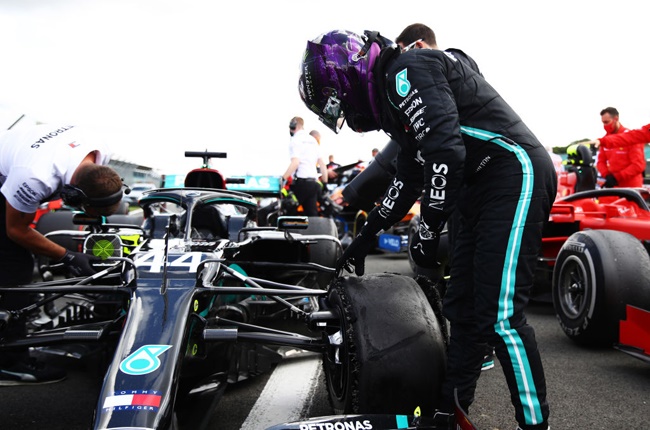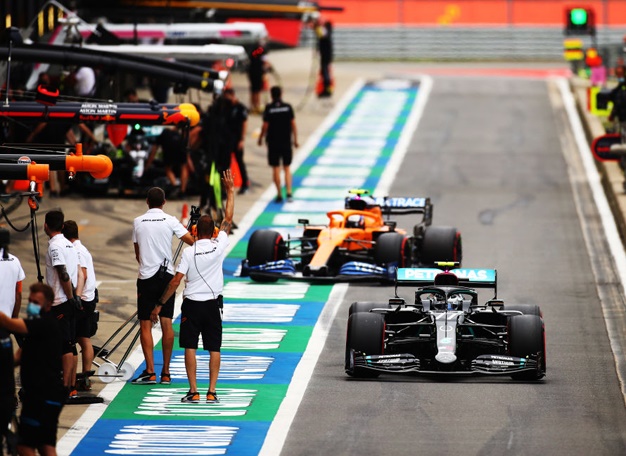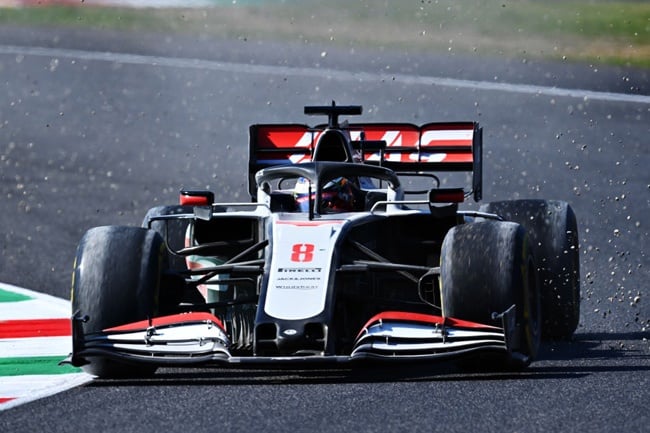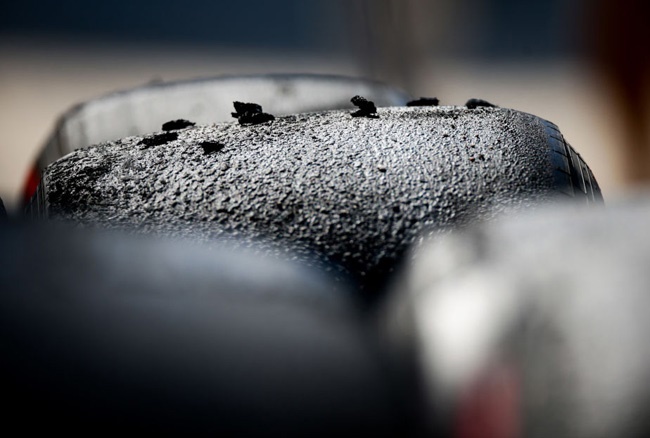
• Formula One is no longer the exciting sport it used to be.
• F1 TV audience figures have dropped by 18.3% since 2008.
• Two lesser-known, but potentially explosive statistics have added to F1's absent action.
• For more motoring stories, go to www.Wheels24.co.za
Formula One's lack of excitement has hit the red line.
A 2019 study has shown F1 TV audience figures to have dropped by 18.3% since 2008, which can be ascribed to two factors: a move away from free-to-air TV channels and more importantly, the introduction of the turbo-hybrid era. The latter has, since its inception, been criticised for the lack of noise from the 1.6-litre V6 engines and domination for seven years by a single team.
It's become quite fashionable, too, to blame circuit design for lack of drama. About a third of the tracks on the calendar have been designed by internet fans' favourite voodoo doll, circuit architect Hermann Tilke, whose creations have drawn justifiable criticism for offering too few overtaking opportunities - and through the inclusion of football-field-sized Tarmac runoffs, a lack of jeopardy to punish driver mistakes.
In his defence, not all of the so-called Tilkedromes are equally offensive: Sepang and Istanbul Park are notable exceptions, but on the other end of the scale lurk cesspits like Sochi and Yas Marina.
Two lesser-known, but potentially explosive statistics have added to F1's absent action. When tyres became 25% wider in 2017, overtaking dropped by nearly 50% compared to 2016. And information released by F1 brake supplier Brembo shows that - owing to technological advancement and the bigger contact patch afforded by, the wider tyres - compared to 2008, by 2018 stopping distances had decreased by 22.2% and braking time by 15%, with a corresponding increase in the deceleration rate of 12%.
To understand why this is devastating news for the remaining precious little genuine, non-assisted overtaking that remains in F1, consider the already mind-blowing retardation of an F1 car: exiting the tunnel at Monaco towards the following chicane, an F1 car brakes from 286 km/h to 93 km/h in just 2.03 seconds over a distance of 115 metres. That's right: shorter braking distances mean even less overtaking.
Image: Getty Images/Andrej Isakovic
No-one is more aware of its present ills than F1's ringmasters themselves, who are helplessly witnessing a sport whose showcase of technology choke its ability to serve up a spectacle. Specifically, hyper-sensitive aerodynamics are necessitating carefully managed tyre usage as a consequence of single-pitstop races that dis-incentivises drivers to challenge for the position.
Uniform pit stops and tyre usage rob races of strategic diversity, which, in turn, begets predictability. Coupled with tracks characterised by short straights and successive medium-speed corners, the result is a single-file high-speed wake. The top 10 cars start the race with the tyre they set their fastest lap in Q2 of the previous day, then switch to whatever near-softest compound will get them to the chequered flag. By driving a few seconds slower after fitting new tyres mid-race, drivers avoid the 25-second penalty of a second pit stop.
While devastatingly uninteresting for viewers, so high are the stakes that there is nothing that any F1 team wants more than predictability and stability. To them, it's not about boredom; it's about what's the fastest.
Of late, band-aid after band-aid has been touted by the FIA to spice up F1's sorely lacking spectacle. After seeing Lewis Hamilton charge through the field after serving his penalty at Monza, reverse grids are the latest flavour of the month.
But they needn't be.
F1's current dispensation mandates use of two of the three available compounds (soft, medium and hard) that Pirelli brings to each race, which necessitates a minimum of one pit stop. But what if teams had to run all three compounds during the race?
For starters, it would force at least two pit stops per car, which unlocks more strategic tyre usage options tweakable around qualifying results (or the lack thereof), in-race race positions and even the characteristics of each individual car's behaviour on a specific compound.
One-stop races are more or less decided from about one-third of the laps run, whereas a two-stop race stays alive for another third of the distance. Drivers would also race harder in the knowledge that they don't have to conserve tyres.
Some tracks' surfaces render either the softest or hardest compound entirely unusable, which adds another degree of jeopardy. Does a driver choose to start on the hard tyre, immediately change them to mediums and finish with a soft for a sprint to the flag? Or do the opposite to gain position early while everybody else tangles in the pits? And what about safety cars: would it be smart to switch to the least favoured tyre for a single lap under a safety car before changing to the optimal one? There may be instances where the answer only reveals itself during a race.
There's more. In their never-ending search for data, teams would be running a lot more during Friday practice to learn as much as possible about the car's behaviour from each tyre type. But would there be enough time to glean sufficient information from all three compounds? If not, more uncertainty equals a better spectacle on Sunday.
And the best part of it all? It's free. All three dry compounds are already available at every race, and any unused tyres left over from the race would have been incinerated anyway.
The last few years in F1 have demonstrated that the sport desperately needs two things: more variation and more cost-effective solutions. With those boxes ticked by a startlingly simple, comparatively credible, least gimmick-free workaround compared to some of the more unpalatable suggestions at spicing up the show, it's time to set the sights on eliminating F1's cheapest trick: Super Mario Drag Reduction System-assisted (DRS) overtaking.




 Publications
Publications
 Partners
Partners


















